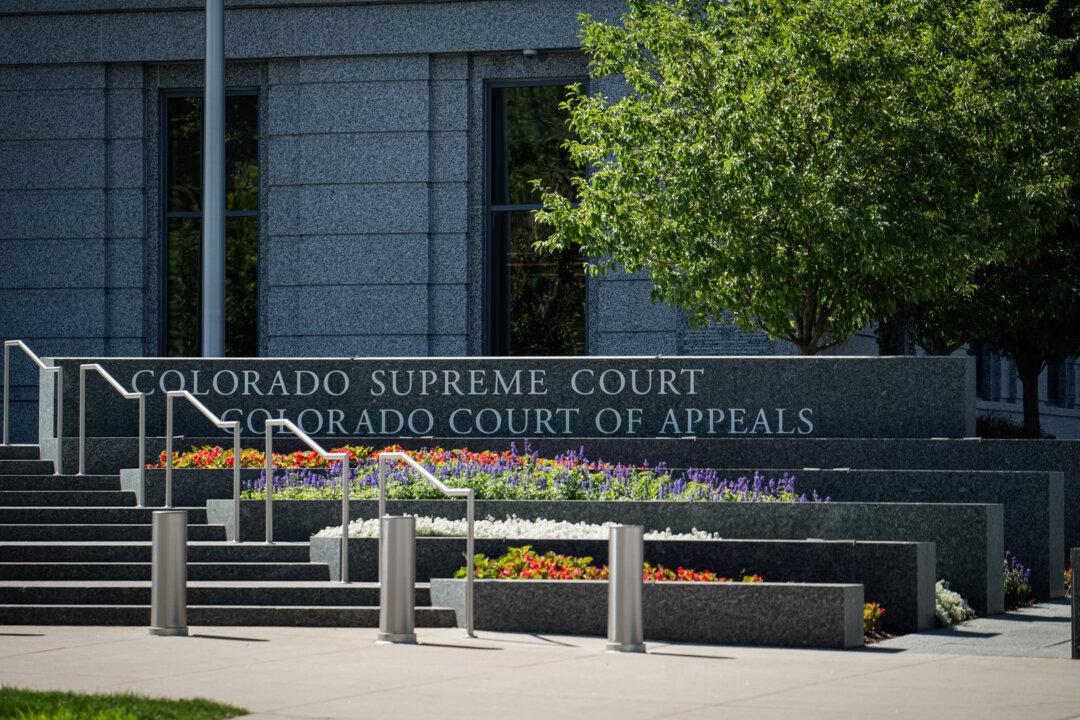Commentary
There were two fundamental flaws in the Colorado Supreme Court’s 4–3 decision removing former President Donald Trump from the Colorado 2024 election ballot. The first was that the justices reversed the lower court without seriously addressing the issue that the lower court found decisive.





